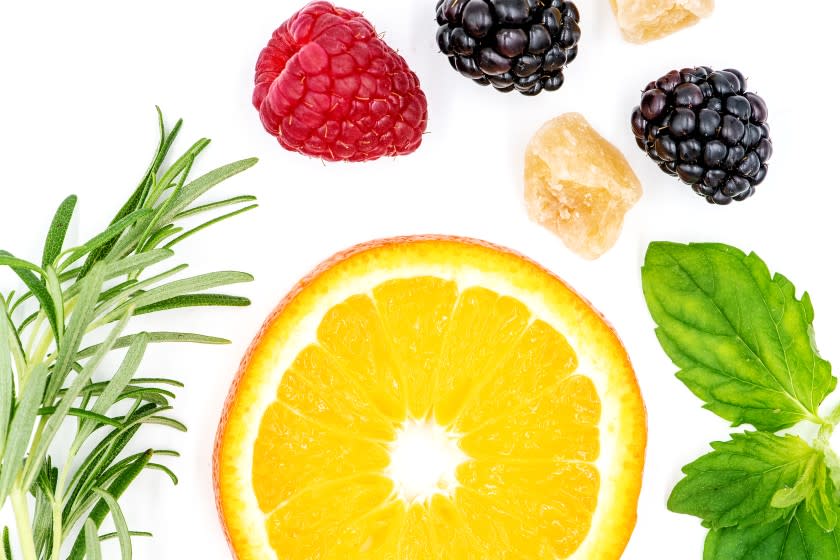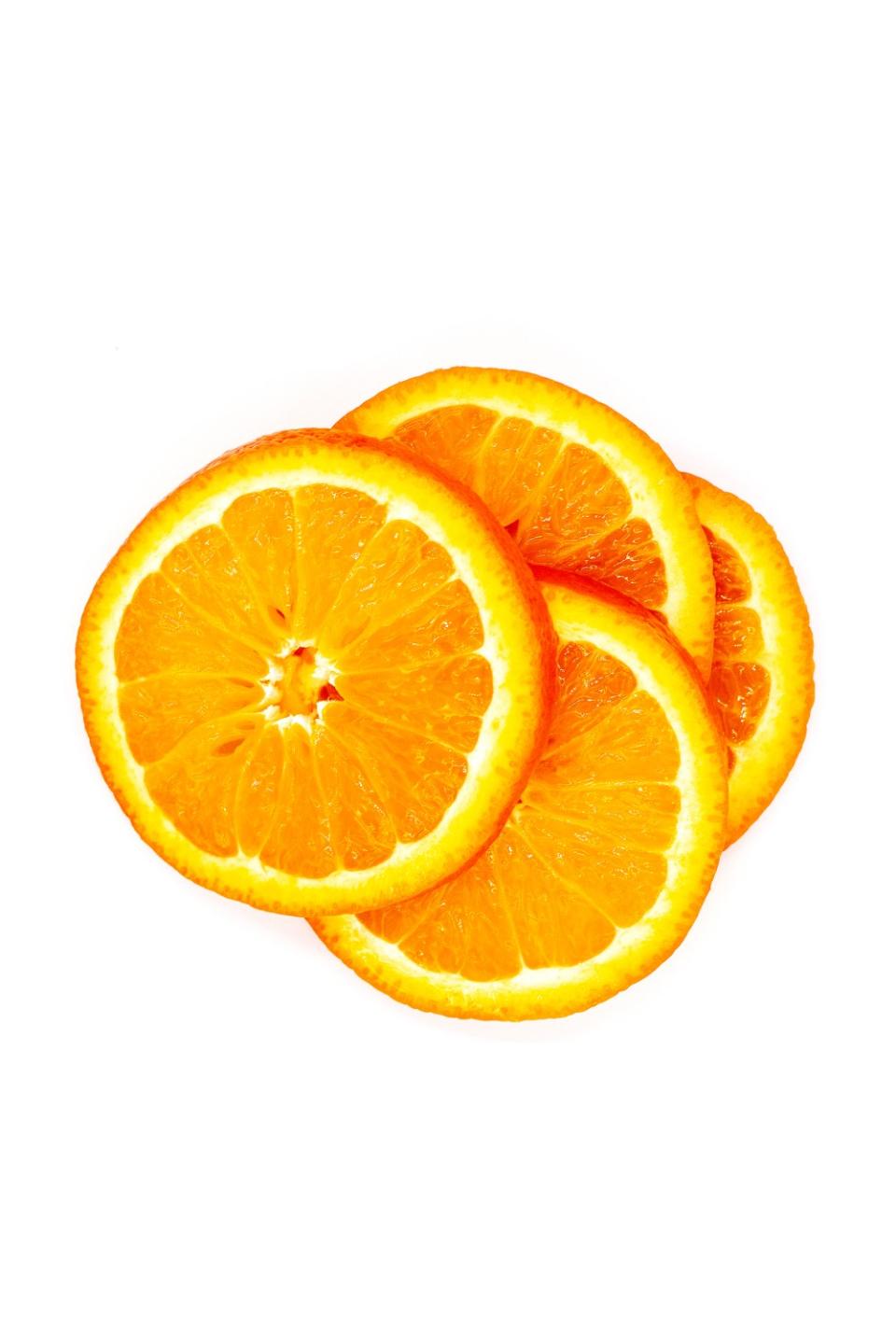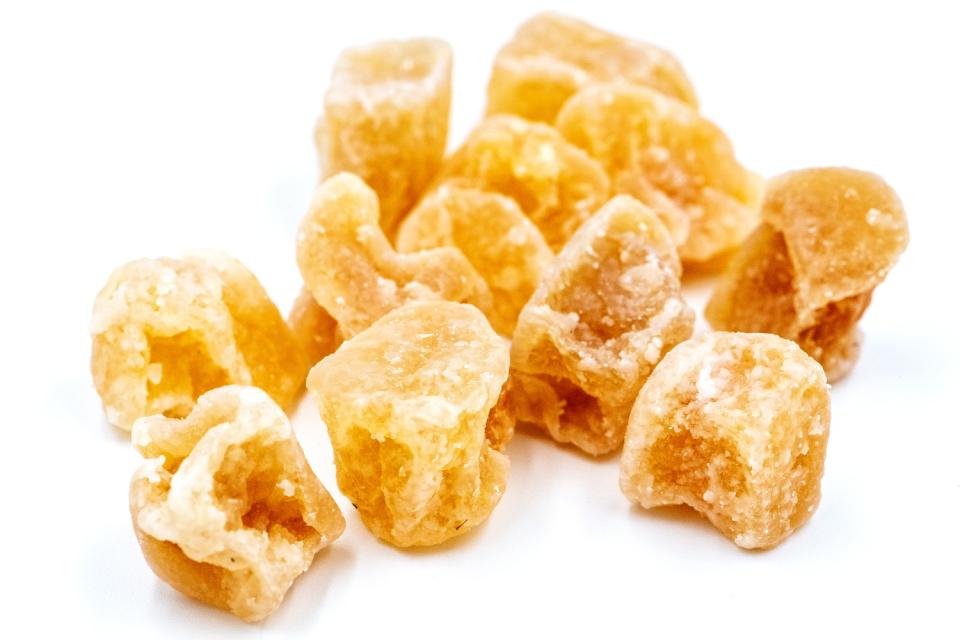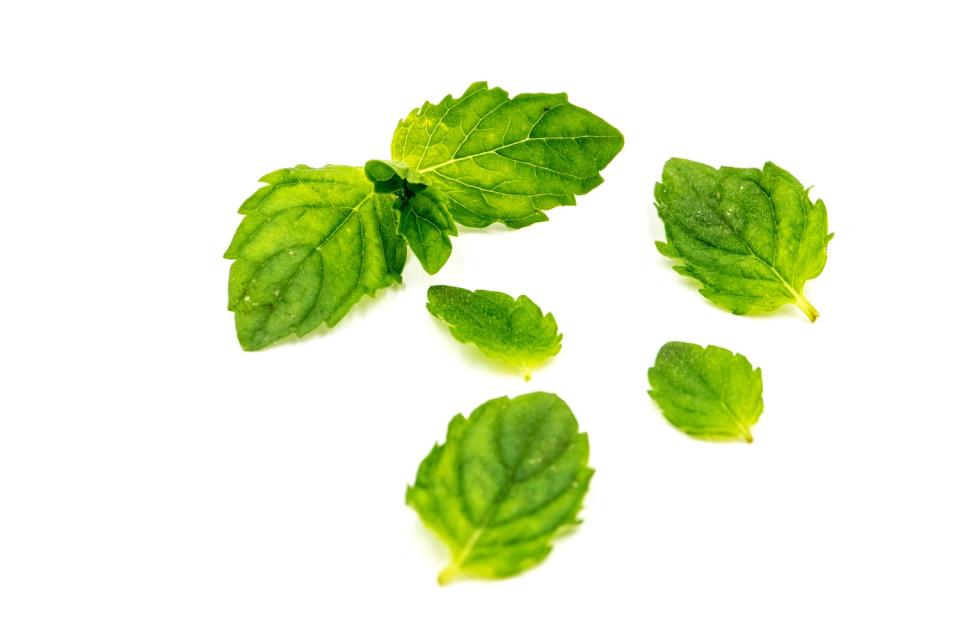How to garnish a cocktail? Here's your guide to the basics — with a twist

Consider the martini’s olives, the Gibson’s onion, the Manhattan’s cherry or the julep’s particularly lavish mint bouquet. Each of these cocktails, and many others, would not be complete without their garnish — understated or otherwise.
While it’s often the final addition to a drink, a garnish is not an afterthought or eye candy. It’s a utility player that has an integral role in the final cocktail, often impacting flavor or aroma as well as appearance.
Garnishes can skew as simple and effective as a well-placed and deeply aromatic citrus wheel or as theatrical as the overabundance of berries, cucumber, mint and more in a Pimm’s Cup.
This primer shines light on the little (and sometimes not so little) garnishes that lean toward the functional, the fun or the marginally outlandish.
CITRUS
Citrus garnishes make up the biggest section of this guide and for good reason. They add color and flair but can also greatly affect the balance of a drink.

Citrus wheels (with variations)
This simple, classic and aromatic garnish can be dropped in a drink or perched on the glass' rim. If placed on the edge of a glass, the citrus’ bright aroma will hit the drinker first, mingling with the flavor of the drink from the first sip. If added directly to the drink, a wheel subtly imparts its flavor through both citrus juice and citrus oils.
To make a wheel, use a sharp paring knife to slice the ends off your chosen citrus — lemon, lime or orange are most common — then cut crosswise into ¼-inch rounds, removing any seeds. Tuck into the glass or, if you’re placing it on the rim, use the knife to make a slit from the middle of the wheel to its edge.
For a twisted wheel, twist the sides of the wheel in the opposite directions.
To make a citrus flag, fold the wheel around a maraschino cherry (think of the wheel as a taco). Slide a toothpick or skewer through the pith of one side of the wheel, through the cherry and finally through the pith on the other side of the wheel.
Citrus wedges
Use a sharp paring knife to cut the citrus in half lengthwise and then quarter each half to create four wedges. If there is any white membrane on the straight edge of your wedge, slice it off. Remove any seeds. Make a small cut up to the rind to set the wedge on the rim of the glass.
Citrus peels (with variations)
Peels add aroma, brighten flavors and can gently suggest acidity in a drink. Start with a washed piece of citrus. Using a sharp Y-peeler, start at the top of the fruit and pull down and toward you at a diagonal. To garnish your drink, hold the peel by its long edges, skin side facing down about an inch above the cocktail glass. Pinch the peel to express into the drink; you should see a fine mist of citrus oil. If you would like more citrus flavor, lightly rub the expressed twist around the rim of the glass, then discard or drop into the drink.
More than just an attention-getter, a flamed citrus peel enhances the flavor and adds subtle complexity to a drink — as well as aesthetic flare. Start with a round, quarter-size peel. Light a match, wait a second for the sulfur to burn off, then hold the flame near the top of your glass. With your other hand, hold the peel by its edges, skin side facing toward the flame. Pinch the peel to express the citrus oils into the flame. The oils will be ignited and lightly caramelized. Drop the twist in the drink or discard.
A long, looping spiral of lemon peel that curves and coils around the inside of a highball glass, the horse’s neck garnish is generally used in a horse’s neck drink (ginger ale plus bourbon or brandy), but there’s nothing to stop you from using it in another highball. To make it, use a sharp paring knife to trim the tops from both ends of a lemon. Then, starting at the top and rotating the fruit rather than the knife, cut a long, ¼-inch to ½-inch strip all around a lemon to create an unbroken spiral (it’s OK to leave a small amount of white pith on the back). Transfer your spiral to a highball glass and use a bar spoon or chopstick to press the coil to the edge of the glass, draping one end of the peel over the lip so it stays in place.
RIMS
While the two most common cocktail rims are a simple salt (using coarse salt) or sugar (using superfine sugar), there’s no reason to stop there. Mix the two together; swap in smoked salt or sal de gusano; rub in citrus zest or spices like cayenne or cinnamon; or deploy Tajín.
Whatever you choose, start by sprinkling it onto a shallow plate. Use a wedge of citrus to moisten the top outside edge of the glass (holding it upside down while you do this keeps the juice from running down the sides). Gently press the moistened rim into the plate of salt or sugar, etc., to evenly coat. Shake off any excess and pour the drink.

SNACKS AS GARNISHES
Savory or sweet additions add flavor and aroma to a drink and provide a (frequently boozy) snack by the end. Olives in martinis, pickled onions in Gibsons, and briny pickle slices or cornichons in tomato-based drinks are de rigueur.
Sweet, candy-like maraschino cherries are a welcome addition to Manhattans and Shirley Temples alike. Candied ginger adds a pop of sweet spice, and skewering it helps avoid a particularly soggy snack.
Pineapple wedges
To make this extremely aromatic garnish, cut a pineapple crosswise into ½-inch rounds. Leave the core intact and cut the rounds into 1½- to 2-inch wedges. If you want to place it on the rim of your glass, cut a slice into the core.

Berries
Choose the freshest berries you can find. If you’re using strawberries, halve or leave them whole and keep the leaves on, slicing a small notch in the bottom to set on the rim of a glass.
Apples and pears
Cut into quarters and trim away the core. Slice into 1/8-inch crescents, rubbing the cut sides with lemon to prevent oxidation.
Cucumbers
Wash the cucumber well to remove any waxy coating and trim the ends. To make wheels, slice crosswise into ¼-inch rounds. To make spears, trim cucumbers lengthwise into 4- to 6-inch segments, then cut into spears about 1 inch wide. To make ribbons, use a Y-shaped peeler to remove a long slice of peel and discard it; then repeat the process to remove a long strip of cucumber. Skewer it on a cocktail pick or toothpick to create a ribbon.

Mint
To garnish with a single leaf, place it in the palm of your hand and lightly slap it (this releases the essentials oils in the mint and adds extra aroma to the drink) before placing the leaf on the top of a drink. To garnish with a mint sprig or bunch, slap again, then insert the stem into your drink, anchoring it with the drink’s ice. You can also use cilantro, basil, rosemary, lavender or thyme as a garnish in the same way.
A note on nonedibles
While many garnishes are edible, the lasting use and allure of paper umbrellas and pineapple fronds, among other, more garish, favors, confirm that being fit for human consumption is not always a garnish prerequisite. Deploy as you like or do as this guide does and keep to the classics … and the edible.
This story originally appeared in Los Angeles Times.

